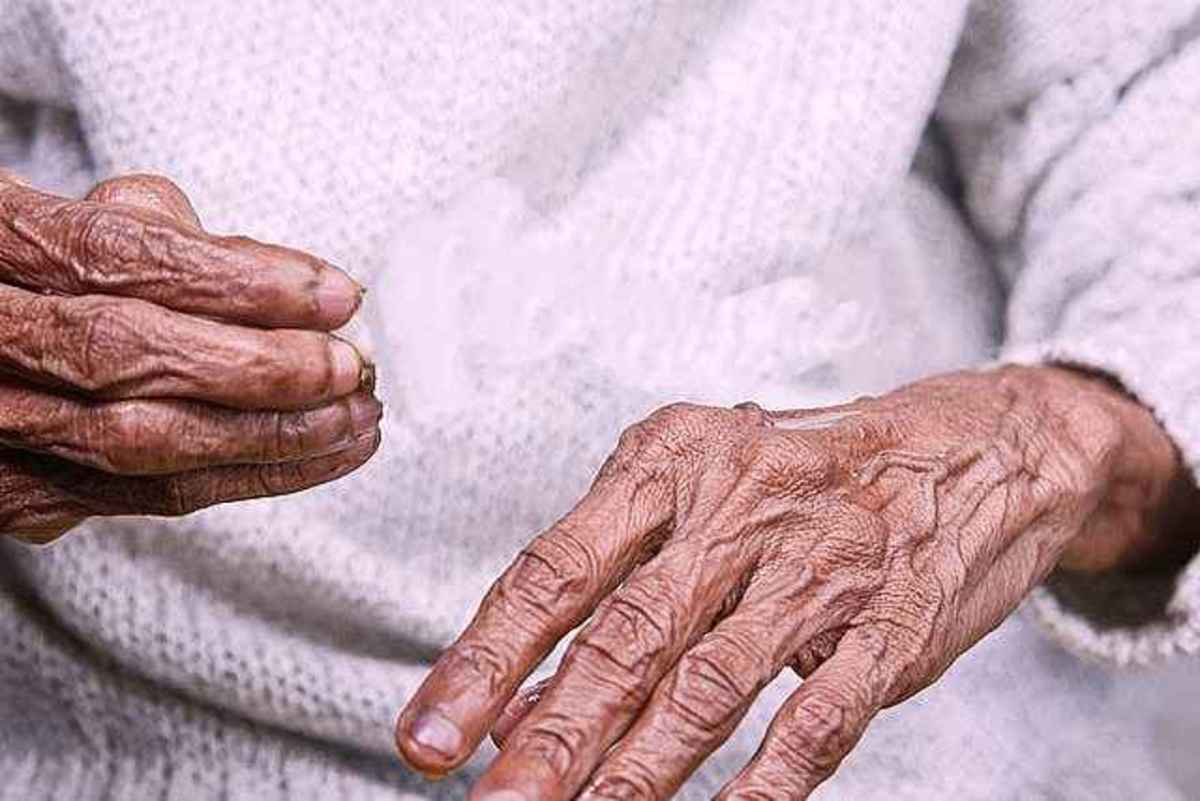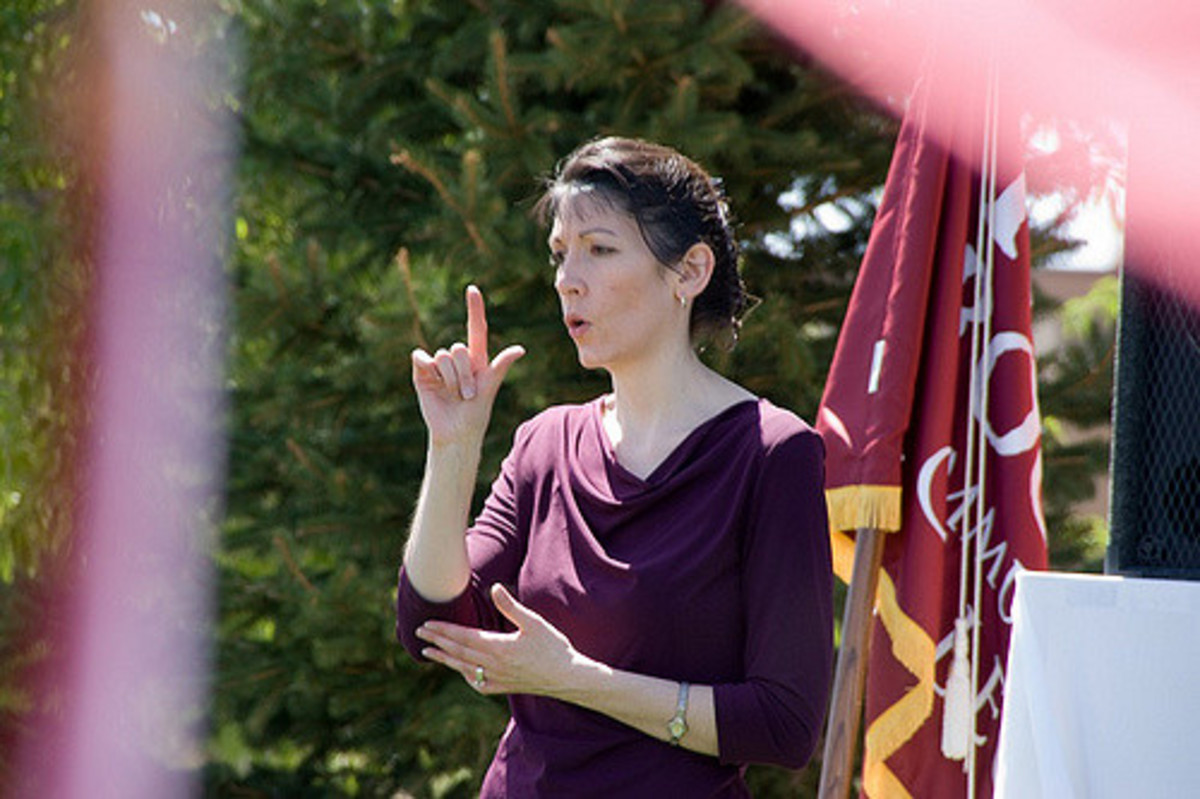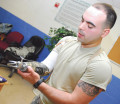What is Cerebral Palsy
What is Cerebral Palsy?
Cerebral palsy is a broad term for various types of motor dysfunctions, which are nonprogressive in nature and which are present since birth or early childhood. These motor dysfunctions impair movement of the individuals affected with cerebral palsy and occurs because of imperfect development of and/or damage to the brain, in particular areas that control motor (or movement) skills. Cerebral palsy afflicts every 2 of approximately 1000 children born. The exact term cerebral palsy translates into (cerebral = involving the brain + palsy = paralysis or weakness). A child afflicted with cerebral palsy therefore has trouble in controlling/coordinating his/her muscles because of weakness.
Types of Cerebral Palsy: The Three Types of Cerebral Palsy
There are 3 types of cerebral palsy, which are:
Spastic Cerebral Palsy: This is the most common type of cerebral palsy and children afflicted with this type have muscles that are stiff and can't be relaxed. This stiffness limits movement and kids with this type of cerebral palsy may find it difficult to change positions/hold and let go of objects.
Athetoid Cerebral Palsy: This type affects the ability of the child affected to coordinate/control his/her muscles. Those afflicted with this type of cerebral palsy may demonstrate involuntary, random movements of the extremities/face, etc.
Ataxic Cerebral Palsy: This type is characterized by low muscle tone. Children affected with this type of cerebral palsy usually demonstrate excessive shakiness (tremors) and have problems with balance. Tasks such as writing may seem impossible because of the inability of the afflicted child to hold items such as pens.
Causes of Cerebral Palsy: Why do They Happen?
Many people don't know this, but cerebral palsy can develop either before birth, during birth or after birth. So, in that sense, it may be either congenital or an acquired condition. Some causes can include:
- Inadequate brain development of the fetus during pregnancy, possibly as a result of deficiency of oxygen or other vital nutrients.
- Lack of oxygen during or after birth.
- Incompatible blood groups (Rh incompatibility) of mother and child.
- Rubella (German measles) positive status of the mother during pregnancy.
- Genetic abnormalities.
- Head injury to the child or any brain infections contracted.
- Child has seizures, meningitis/encephalitis and other such medical conditions.
Symptoms of Cerebral Palsy:
- Children with cerebral palsy can exhibit a wide variety of symptoms. Some of them may include:
- Dysphagia (difficulty in swallowing).
- Drooling.
- Involuntary body movements.
- Spastic (tight) muscles.
- Problems with speech.
- Having difficulty walking/standing.
- Difficulty sitting up or turning over.
- Difficulty in writing or holding small objects.
- Balance problems and weakness of muscles.
How Doctors Diagnose Cerebral Palsy:
The usual strategy is to see how the child develops. By the age of 18 months, a diagnosis can generally be made based on observable symptoms described above. Some tests may be ordered like x-rays, blood tests, scans like CT and MRI scans or studies like electroencephalograms (EEG).
Treatment Options for Cerebral Palsy - The Options Available:
Unfortunately, there is no cure for cerebral palsy. The brain damage that is responsible for cerebral palsy cannot be reversed or undone. What can be done though is to optimize the child's skills so they can achieve a level of independence required to survive on their own. Treatment can consist of a mix of various options. Some of them may include:
Use of Medications: Spasticity-reducing medications may be utilized.
Braces and Splints: To keep the arms and legs affected in correct alignment and to avoid development of deformities in them, splints and braces may be used. Other devices such as walkers, wheelchairs can be provided to help with movement. To improve posture, devices that focus on posture may be used.
Rehabilitation Option: Therapies such as physical and occupational therapy, as well as speech therapy may be utilized to help improve upon the speech skills and motor skills. Therapies may be focused on muscle strengthening, improving mobility, balance, etc.
Physical Therapy: This kind of therapy focuses on improving the development of muscles and prevent deterioration that can result from lack of use of those muscles. Specific exercises may be designed to help keep these muscles active. A physical therapist will focus on improving the child's movement and balance and avoiding the muscles becoming rigid and fixed.
Occupational Therapy: An occupational therapist focuses on the smaller muscles that are responsible for fine motor control. These muscles are important for doing activities of daily living such as dressing, eating, writing, drawing, etc. An occupational therapist may recommend assistive devices to help the child manage his/her daily activities.
Speech Therapy: A speech therapist, as the name suggests, helps with developing/improving the speech and language skills of the child. They would suggest various communication methods like sign language for children who find themselves unable to communicate verbally. For those who don't have this limitation, speech therapists help in making their verbal communication skills better/clearer by building upon their vocabulary, learning to speak in full sentences, etc.
The Surgical Option: For certain conditions, surgery may be recommended by the doctor. It may be recommended primarily to help improve spasticity or tight heel cords. If one opts for a surgical option, it is always wise to discuss all the potential risks involved vis-a-vis any tangible benefits to make a well-informed decision.
Special Education (Ed.) Programs: Programs designed especially for children with special needs like cerebral palsy afflicted children may be employed to help the child learn by attending school. Other programs like vocational training may be employed to prepare older individuals for employment.
Family Counseling Services: Counseling services may be provided to help the family cope with the special needs of the child with cerebral palsy.
© 2010 Shil1978









